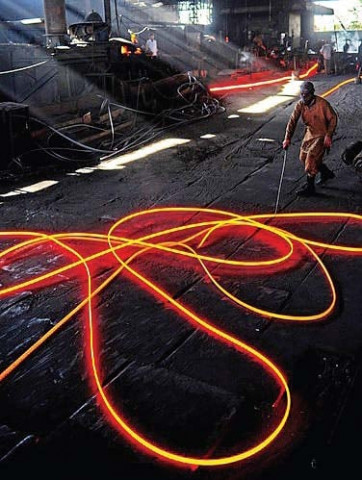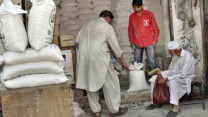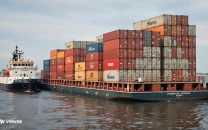Pakistan among lowest consumers of steel
Unless industrialisation is kick-started this sector will stay neglected.

Strong economic growth over the last decade has directly resulted in an increase in demand for steel by various sectors such as the manufacturing and construction industries, both of which have exhibited growth over the last five years. However, Pakistan is still amongst the lowest per capita consumers of steel at 37kg in comparison to the regional average of 207.8kg and world average of 181.5kg, presenting an opportunity for the Steel sector to grow manifold and for investors to tap into a largely unexplored market with significant upside potential.
Organised sector
The organised sector comprises corporates which cumulatively have an annual production capacity of upto 1.3 million tons.
The actual capacity utilisation is limited to 17.4% due to the fact that approximately 60% of the total available capacity is yet to achieve commercial operations. Pakistan Steel Mills which currently has a production capacity of 1.1m tons is running inefficiently at a capacity utilization of 43%.
This sector is fragmented with an estimated 100 units operating in the country. Total installed capacity of smelters is estimated at approximately 2.7 million tons per annum. This segment re-melts scrap to produce cast billets and thin ingots. Major raw materials include both imported as well as locally generated scrap recovered from ship demolition, obsolete machinery, automobiles etc. It is estimated that the unorganised sector operates at 74% capacity thus contributing approximately two million tons per annum to the steel production.
Pakistan has historically relied heavily on imports of steel from various countries to meet its growing local demand. As per the statistics provided by the State Bank of Pakistan, approximately $830 million worth of iron and steel products have been imported during the half year July to December 2010. It is estimated that this figure will grow to approximately $1,700 million for the fiscal year ended 2011.
Analysis of import composition reveals that the two most dominant imports are sheets and iron scrap which cumulatively account for 80% of the total value imported and individually account for 42% and 38% respectively. Imports are mainly procured from producers in the USA, UK and China which cumulatively account for approximately a quarter of the total imports.
Steel Imports by Products
Since steel is the inherent requirement for any construction / industrialisation activity it is imminent that steel demand will grow over the years to come. Prosperity will itself act as a catalyst in boosting the per capita consumption of the country thus further boosting the demand.
We expect demand for steel to grow due to the following factors:
Increase in industrial activities, Rising per capita income, Post flood construction activities, and Rising population / urbanization The demand projection assumes a conservative growth for steel demand, at an average growth rate of 5.3%, in line with global trends. The region is however, expected to grow at a much higher pace.
Published in The Express Tribune, July 25th, 2011.



















COMMENTS
Comments are moderated and generally will be posted if they are on-topic and not abusive.
For more information, please see our Comments FAQ